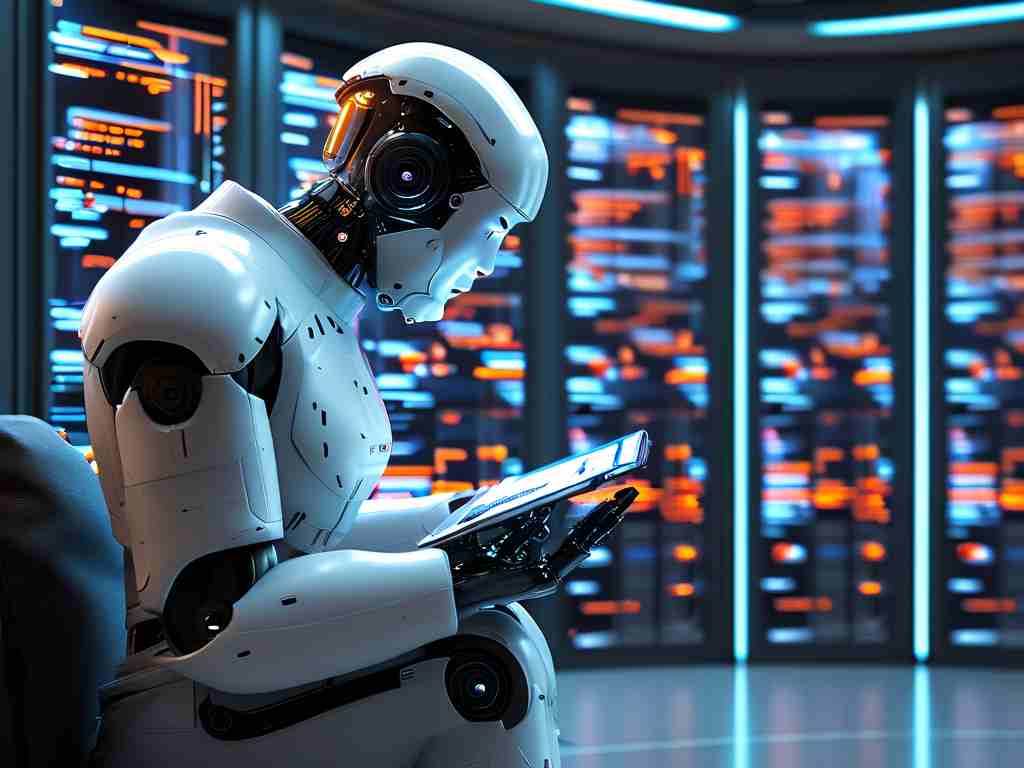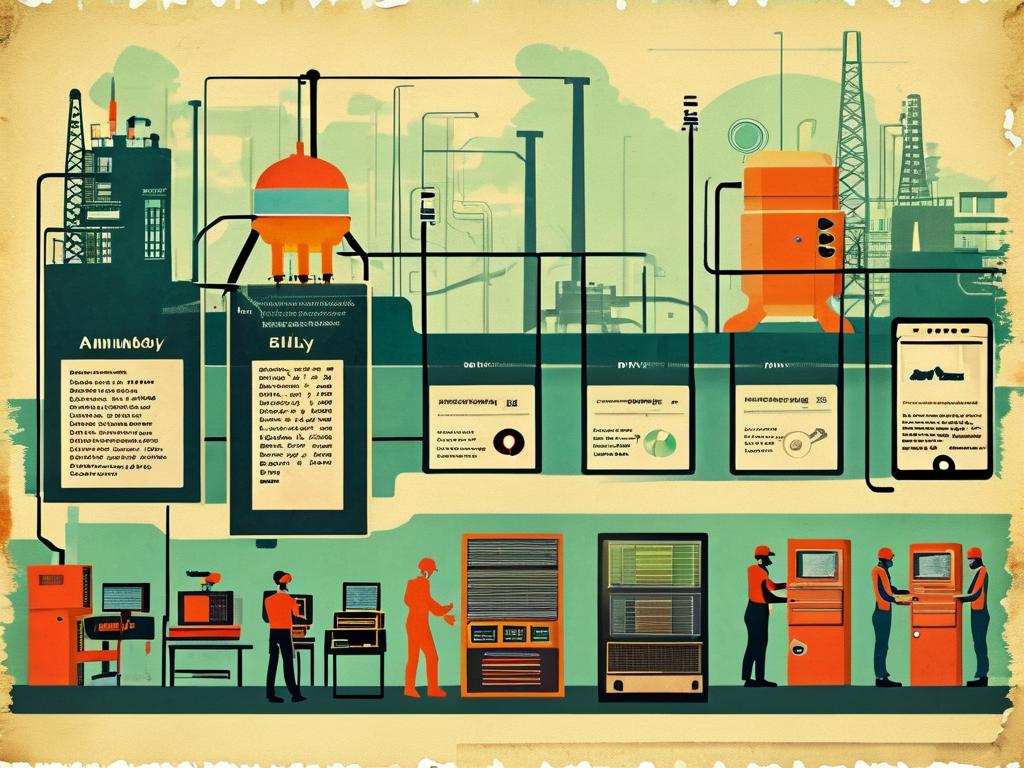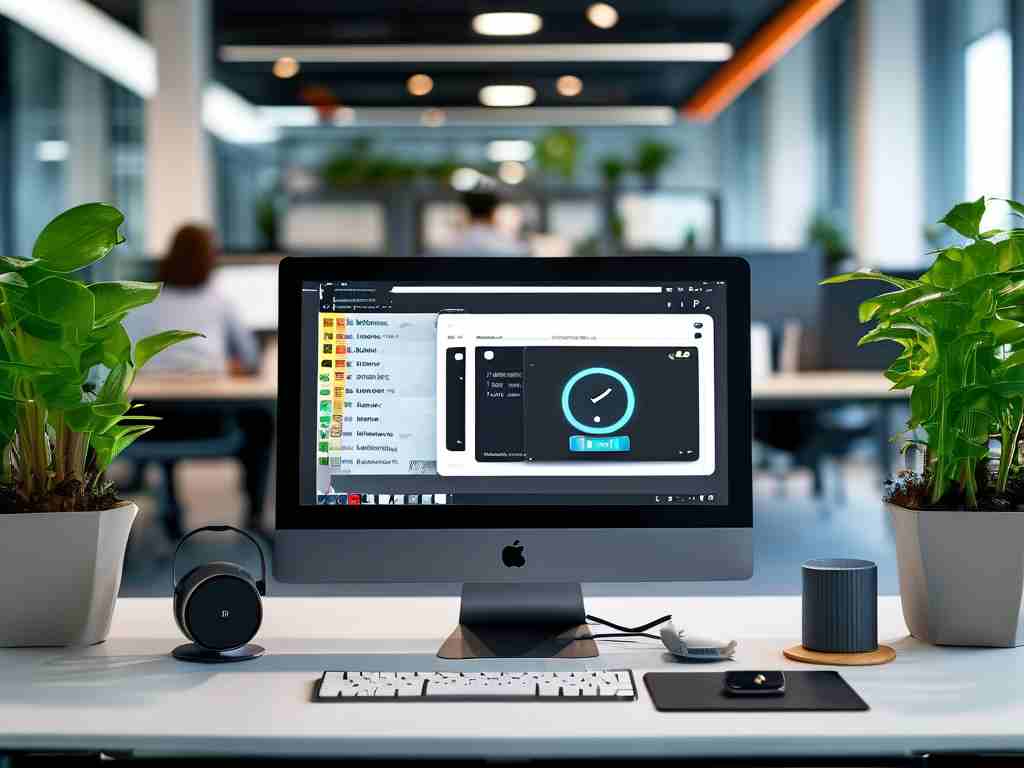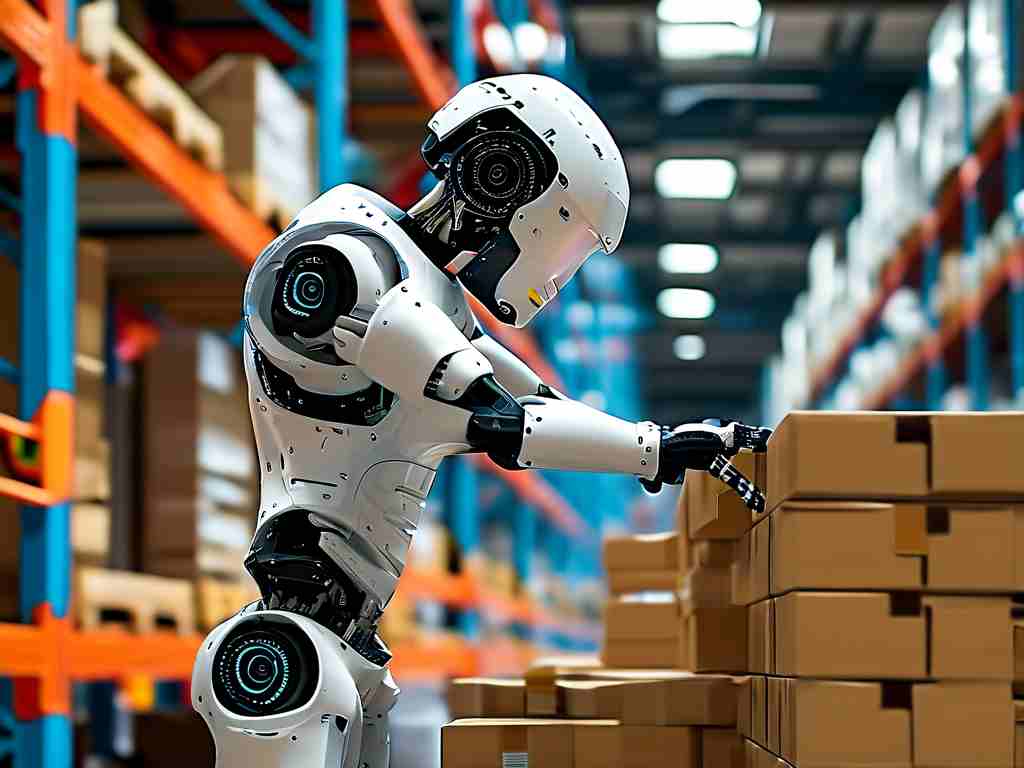In the rapidly evolving retail landscape, automated window display deployment has emerged as a game-changing solution for brands seeking to enhance visual merchandising efficiency. This technical exploration delves into the core components and implementation strategies of modern retail automation systems.

The foundation of automated window display workflows lies in three key technical pillars: version-controlled design templates, IoT-enabled physical components, and CI/CD pipeline integration. Design teams typically store modular display elements in Git repositories, allowing for collaborative editing and historical version tracking. A Python-based configuration parser demonstrates this concept:
import json
from pathlib import Path
class DisplayConfig:
def __init__(self, repo_path):
self.template_dir = Path(repo_path)/'templates'
def load_scenario(self, scenario_id):
config_file = self.template_dir/f'{scenario_id}_config.json'
with open(config_file) as f:
return json.load(f)
Physical deployment systems combine motorized fixtures with computer vision validation. Retailers like Uniqlo have implemented RFID-tagged mannequins that automatically adjust positions based on predefined layouts. The deployment pipeline typically follows this sequence: design commit → automated testing → staging environment validation → production rollout.
Critical implementation challenges include latency optimization for real-time updates and fail-safe mechanisms. Best practices suggest implementing circuit breaker patterns in the deployment API layer and maintaining A/B testing capabilities for seamless rollbacks. The integration of machine learning for layout optimization has shown particular promise – Zara reported 23% faster deployment cycles after implementing predictive arrangement algorithms.
Security considerations form an often-overlooked aspect of these systems. Encryption of design assets during transmission and OAuth 2.0 authentication for deployment triggers are becoming standard requirements. Recent advancements in edge computing have enabled local processing of sensitive data while maintaining cloud synchronization.
The future of window display automation points toward increased AR integration and sustainability-focused features. Emerging solutions incorporate energy consumption monitoring and material usage optimization directly into deployment workflows. As the technology matures, we anticipate tighter integration with inventory systems, enabling dynamic product highlighting based on stock levels.
For technical teams embarking on automation projects, the recommended stack includes containerized deployment controllers (Docker/Kubernetes), MQTT for IoT device communication, and standardized REST APIs for third-party integrations. Successful implementations at scale require cross-functional collaboration between software engineers, visual designers, and retail operations specialists – the true power of automation lies not in replacing human creativity, but in amplifying its impact through technological precision.









